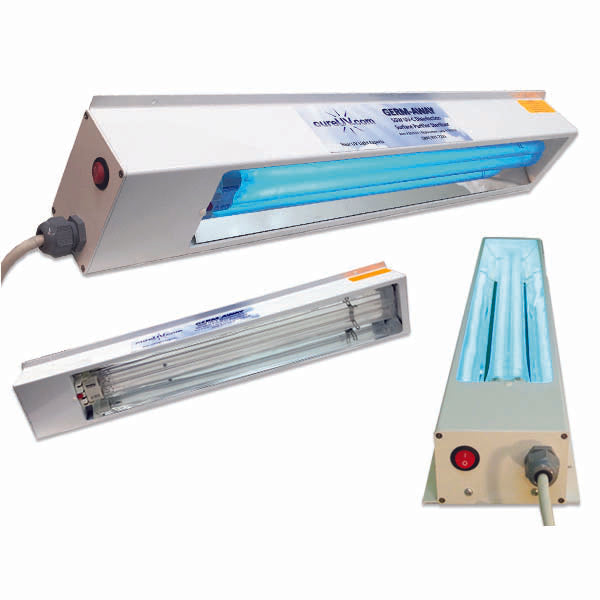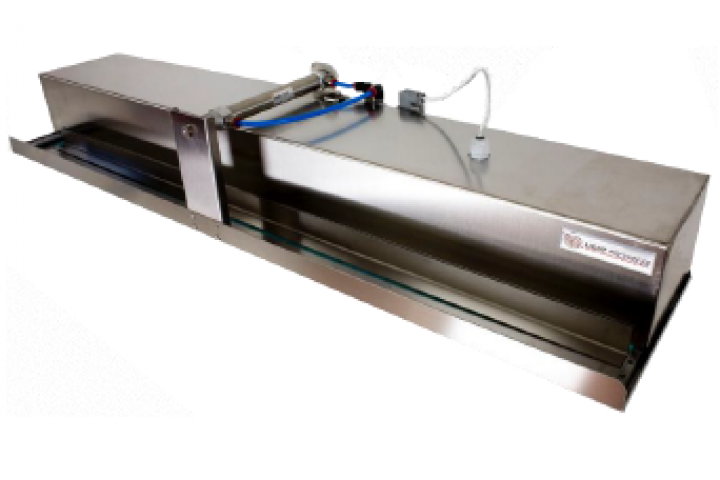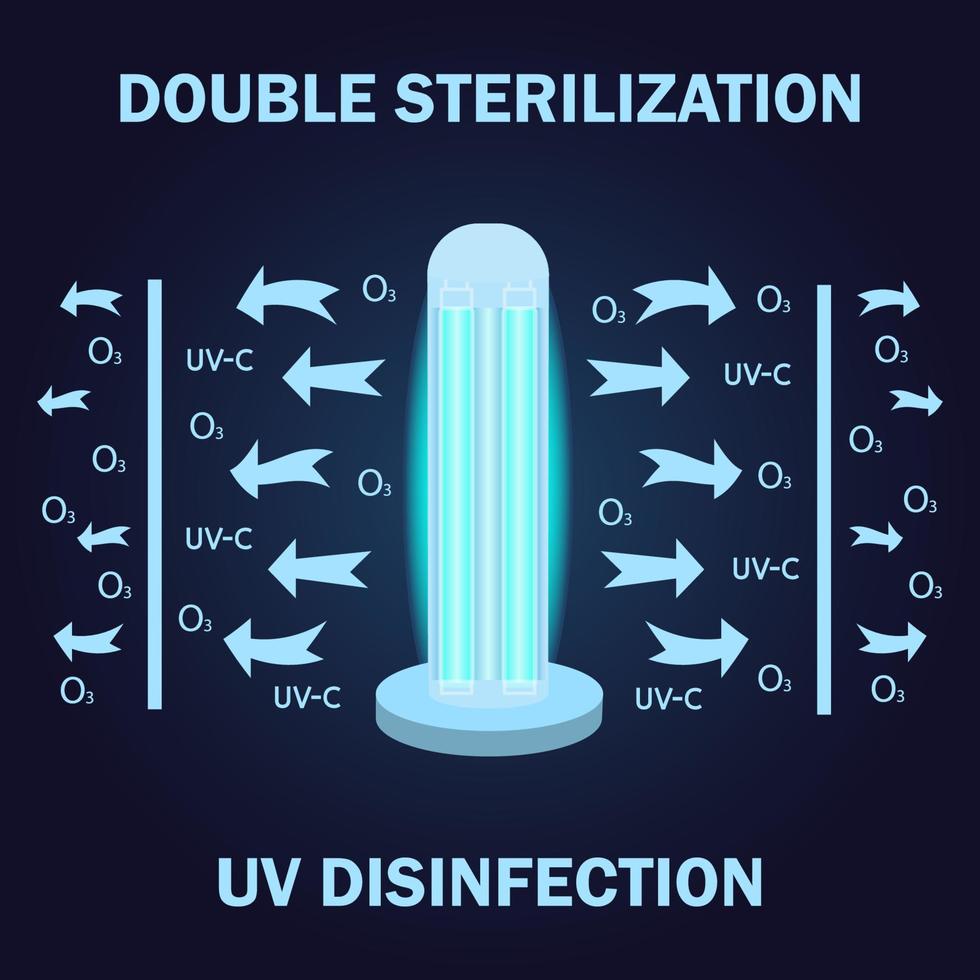UV Surface Disinfection Demystified: Comprehending the Science Behind the Option
UV Surface Disinfection Demystified: Comprehending the Science Behind the Option
Blog Article
Discovering UV Disinfection: A Necessary Tool in the Fight Versus Dangerous Microorganisms
As the world faces an ever-increasing threat from unsafe virus, the look for reliable approaches of disinfection has come to be an urgent top priority. While traditional cleansing approaches have shown some success, there is an expanding recognition that we require to check out ingenious techniques to combat these unseen opponents. One such technique that has garnered considerable focus is UV disinfection. Harnessing the power of ultraviolet light, this technology has shown promising lead to removing a large range of pathogens. How does it work? What are the benefits? And where can it be used? In this conversation, we will certainly look into the world of UV disinfection, revealing its potential as an important device in the fight versus hazardous virus.
Just How Does UV Disinfection Work?
UV disinfection works by utilizing ultraviolet (UV) light to get rid of hazardous virus and stop their spread. This highly reliable approach involves making use of UV radiation to disrupt the DNA and RNA of microorganisms, providing them unable to replicate and triggering their supreme devastation.
When UV light is utilized for sanitation, it is normally sent out from a lamp or light bulb that creates a certain wavelength of UV-C light. uv surface disinfection. This wavelength, varying from 200 to 280 nanometers, is specifically efficient at passing through the outer cell wall of microorganisms, infections, and various other bacteria. Once inside the cell, the UV radiation targets and harms the genetic product, avoiding the microbe from reproducing and creating infection
UV sanitation systems are designed to send out the ideal strength and duration of UV light to make certain reliable microorganism removal. The dose of UV light needed for disinfection depends on variables such as the kind of microorganism, its resistance to UV radiation, and the details application. Furthermore, the system needs to be thoroughly crafted to make sure proper exposure of the target virus and to avoid any type of potential injury to humans or the atmosphere.
The Benefits of UV Disinfection
UV disinfection provides a wide variety of advantages in properly removing harmful microorganisms and decreasing the threat of infection. Among the main benefits of UV sanitation is its capability to offer a chemical-free and ecologically friendly remedy. Unlike traditional sanitation methods that rely upon chemicals, UV disinfection uses ultraviolet light to ruin the DNA and RNA of microorganisms, rendering them incapable to replicate and cause infections. This chemical-free technique makes certain that no dangerous residues are left, getting rid of any type of possible health risks associated with chemical anti-bacterials.
Another significant benefit of UV disinfection is its performance in eliminating a large range of virus. UV light has actually been confirmed to effectively eliminate microorganisms, viruses, fungis, and protozoa, including those that are immune to traditional anti-bacterials. This broad-spectrum efficiency makes UV disinfection a functional tool in different setups, such as health care facilities, water treatment plants, and food handling markets.
Along with its efficacy, UV sanitation likewise supplies rapid sanitation cycles. Unlike various other techniques that need prolonged get in touch with times or repeated applications, UV disinfection can achieve substantial virus decrease immediately. This efficient and quick procedure enables for enhanced performance, minimized downtime, and increased general operational effectiveness.
Furthermore, UV sanitation is a non-contact method, which implies that it does not require direct physical contact with the surfaces or things being sanitized. This feature makes it suitable for usage on fragile tools and sensitive materials that may be harmed or affected by various other sanitation methods.
Applications of UV Sanitation in Health Care

UV sanitation is also utilized in the sterilization of medical devices and instruments. Furthermore, UV sanitation is utilized in water therapy systems within health care facilities.
In addition, UV disinfection innovation is utilized in the disinfection of medical care uniforms and individual safety devices (PPE) By using UV light, medical care experts can make certain that their uniforms and PPE are complimentary from microorganisms, preventing the transmission of infections in between individuals and medical care employees.
UV Disinfection in Public Spaces
Public areas are increasingly carrying out UV disinfection innovation as a vital action to fight the spread of damaging pathogens. With the recurring global pandemic and the continuous threat of contagious illness, the requirement for efficient sanitation techniques in public areas has actually become critical. UV disinfection provides a effective and reputable option hereof.

UV disinfection systems make use of ultraviolet light to shut off the DNA and RNA of germs, viruses, and various other virus. The usage of UV sanitation technology in public spaces not only helps in reducing the danger of infection but also imparts self-confidence among the public concerning their security.
As public spaces proceed to adjust to the difficulties postured by transmittable conditions, UV sanitation technology plays a vital duty in making sure a safe and clean environment. By applying such actions, public rooms can efficiently alleviate the spread of hazardous pathogens and add to the overall well-being of the area.
The Future of UV Disinfection Innovation
As the demand for boosted sanitation methods remains to expand in reaction to the ongoing global pandemic and the consistent threat of infectious diseases, the future of UV disinfection technology holds promising developments in making certain a lot more effective and efficient pathogen elimination in different settings.

One location of great site improvement is the development of even more portable and small UV disinfection gadgets. Additionally, developments in automation and robotics are being checked out to improve the effectiveness and effectiveness of UV sanitation processes.
One more location of exploration is making use of UV sanitation in air purification systems. By integrating UV-C lights right into cooling and heating systems, airborne pathogens can be successfully counteracted, reducing the danger of transmission in interior settings.
In addition, scientists are exploring the use of UV disinfection in food handling centers to ensure the security and quality of foodstuff. UV-C light has actually been discovered to be reliable in eliminating foodborne virus, supplying a chemical-free choice to traditional disinfection techniques.
Conclusion
In conclusion, UV sanitation is an essential device in the fight against dangerous microorganisms. With its capacity to provide a chemical-free and environmentally friendly approach of sanitation, UV technology holds fantastic possible for the future.
UV disinfection systems are developed to produce the appropriate intensity and period of UV light to guarantee reliable pathogen removal. The dosage of UV light needed for disinfection depends on variables such as the kind of microbe, its resistance to UV radiation, and the certain application. Unlike conventional sanitation methods that rely on chemicals, UV disinfection makes use of ultraviolet light to destroy the DNA and RNA of microorganisms, providing them not able to duplicate and create infections.In enhancement to click to investigate its efficiency, UV disinfection likewise provides rapid sanitation cycles. One of the primary applications of UV disinfection in health care is in the sanitation of person spaces and running theaters.
Report this page